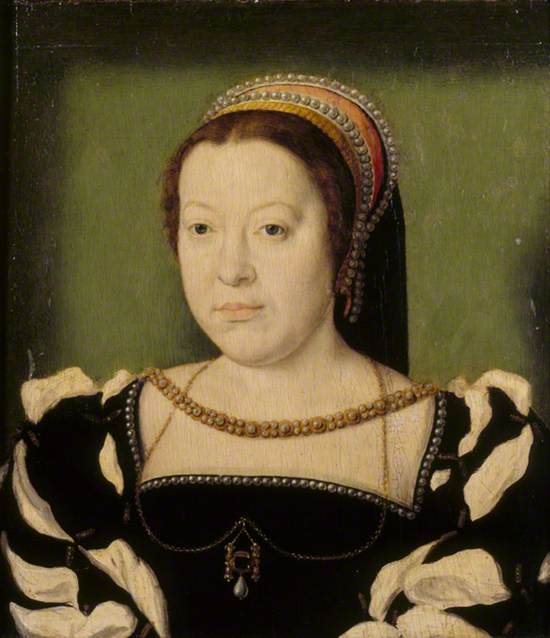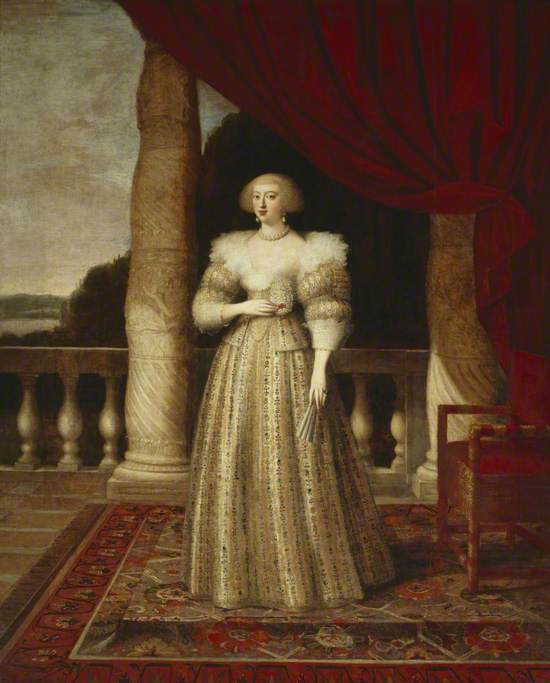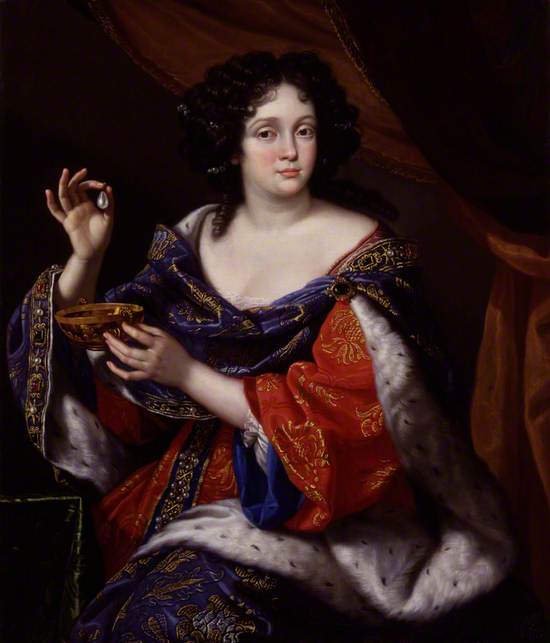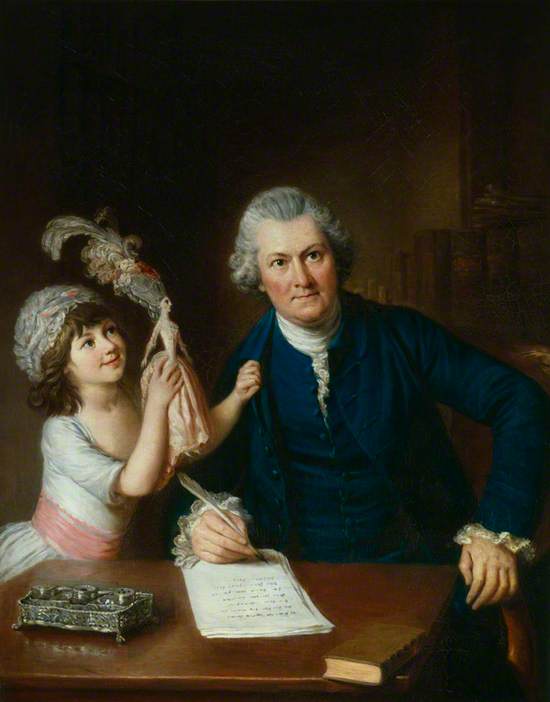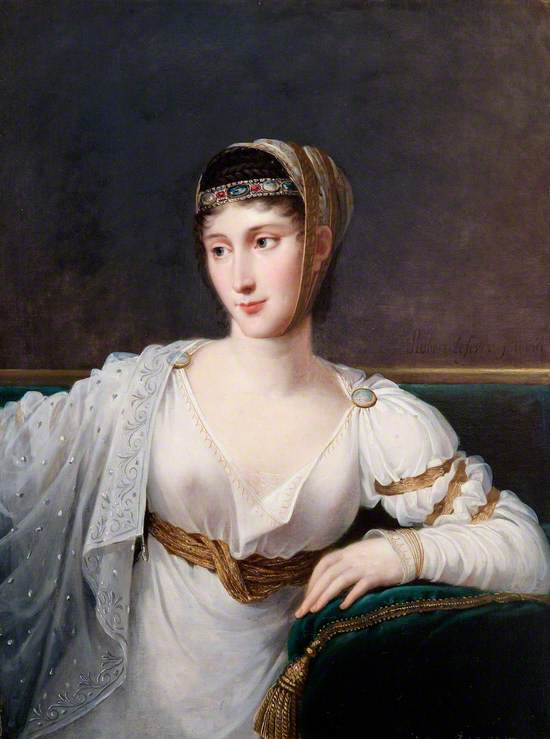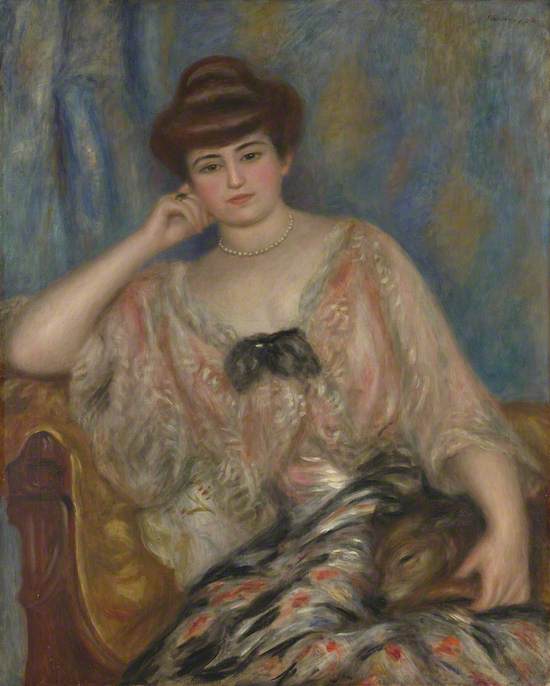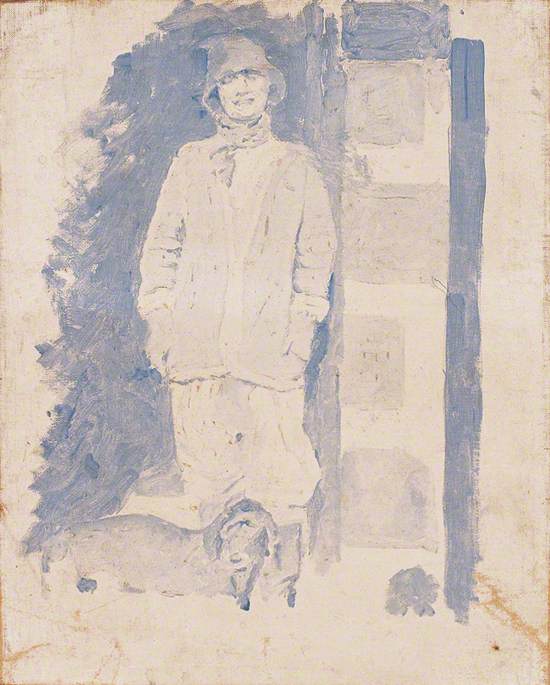Paris has long been a mark on the map for fashion and elegance. For hundreds of years, fashion design has been a fabulous export of France. Couture is a part of French industry and culture. When today we recognise the nonchalant nature of the Parisian style, let's take a look at the womenswear in France that has shaped wardrobes internationally across centuries.
16th century - cuffs
Here is Catherine de' Medici, Florentine noblewoman and Queen of France, in roles expected to be delivered in high fashion.
Immediately in this image the contrasting fabrics and slashed sleeves can be seen. Dresses featured embroidery, large cuffs and applied trims.
In France, the waistline gradually descended into a V-shaped point. As donned by Catherine de' Medici, gowns had a square-cut gown bodice with a slight rise in the centre and was edged with gemstones, or pearls, or gold.
As for accessories, a variety of ornate headdresses were worn which had regional variations. Shoes were flat with broad square toes.
Claude Corneille de Lyon (1510–c.1574)
Oil on oak panel
H 16.5 x W 15 cm
National Trust, Polesden Lacey
first-half 17th century - collars
In France, the large starched ruffs were replaced by standing collars that framed the face. These collars are sometimes referred to as Medici collars as they were worn by Maria de’ Medici later in her life.
Here is Anne of Austria, Queen of France, wearing the French preference for low necklines which often revealed much of the bust.
Early in the era, silks with elaborate patterns such as fruit or flowers were chosen to embellish the gown.
Very fashionable married women abandoned headdresses and wore hair curled and uncovered, piled with ribbons and pearls.
Ferdinand Elle the younger (c.1585–1637)
Oil on canvas
H 282 x W 226 cm
English Heritage, Chiswick House
mid-17th century - jewellery
From the 1620s solid-satins also became popular. Jewels were worn across the bust of gowns as a necklace for the dress.
Dark fabrics suited intricate gold jewellery and the softer shades matched gemstones and pearls.
Charles Beaubrun (1604–1692) (attributed to) and Henri Beaubrun the younger (1603–1677) (attributed to)
Oil on canvas
H 128 x W 84.5 cm
Paintings Collection
second-half 17th century - fashion press
The rise of French fashion is linked to the installation of the fashion press in the early 1670s. Today's magazines owe their influence to the passing of fashion portraits around the baroque court.
The baroque fashion was for the manteau where the bodice and skirt was cut separately with an off-the-shoulder neckline. To accessorise, pearl drop earrings remained popular.
Marie Anne De La Tour d'Auvergne was a famous beauty, fashion setter and cultural patron.
Benedetto Gennari the younger (1633–1715)
Oil on canvas
H 97.8 x W 83.8 cm
National Portrait Gallery, London
18th century - fashion dolls
Fashion dolls are said to have been invented in Renaissance Italy or 14th century France, but it was from the 18th century that they took over as the method to advertise new looks for the wardrobe. These dolls were called 'poupées de mode'. They were small and wore miniature outfits - think mannequins made to a tiny scale. The poupées were delivered to their subscribers (like a magazine) to let the wealthy ladies know what was in vogue.
Madame de Pompadour and Marie Antoinette had life size fashion dolls of themselves which they used to plan outfits.
William Hoare (1707–1792)
Oil on canvas
H 126.5 x W 101 cm
National Portrait Gallery, London
.

early 18th century - fans
The 18th century saw fans become as important an accessory to an outfit as handbags today. By the 18th century fans were held almost exclusively by females. Due to wide use, fans became an instrument for a kind of sign language and to emphasise gestures. Fans for the fashionable rich were painted with scenes of weddings and stories. In the 1720s, to meet the high demand for fans by all classes, some fan makers started to print the leaves instead of painting to make them cheaper to produce for markets and fair stalls.
mid-18th century - bows
Madame de Pompadour, Chief Mistress to the King Louis XV, beauty and figurehead of the Rococo era, as she rose in rank at French Court, so did her influence on fashion. Her portraits by various famous artists hung on the walls of the Palace of Versailles, flaunting the ruffles and bows of her dresses. She wore pastel colours, the colours which led the palette of Rococo fashion, paintings and decorative arts. Her notable favourite colour was pink, now known as the shade 'Pompadour Pink'. Pink was a very Rococo colour, and Pompadour was an advertisement for it.
François Boucher (1703–1770)
Oil on canvas
H 91 x W 68 cm
The Wallace Collection
later 18th century - wigs
The idea of the later 18th century was the bigger the better. Dresses were massive, wide-hipped and heavily layered.
One of the most iconic expressions in this time was the hair. Natural hair was wrapped over wire frames and supplemented by towering headdresses of artificial hair. These were usually powdered grey but some were more eccentric with violet or pink. The nearer the French Revolution came, the more elaborate the hair became. Themed looks were combed high and weighed heavy with pomades and ornaments.
Marie Antoinette, the last Queen of France, is a figure entangled with luxury immortally. Her personal stylist, Rose Bertin, with the formal title 'Minister of Fashion', allegedly made around 300 dresses for her per year.
François Hubert Drouais (1727–1775)
Oil on canvas
H 63.5 x W 52 cm
Paintings Collection
early 19th century - empire waist
The massive dresses and towering hairstyles were abandoned as the French Revolution was raised since the aristocrats needed to avoid broadcasting their privilege.
The Empire dresses channelled the ancient Greeks and Romans, made of light linen or gauzes and cutting high waistlines. The vertical emphasis of the shape made the line of the body look elongated.
The portrait to the left is of Pauline Bonaparte, favourite sister of Napoleon. Before her brother's elevation to Emperor or her marriage to an Italian Prince, her family's economic situation was so poor that the Bonaparte women resorted to washing clothes for income. Yet, here she is in 1806, dressed in a scandalously near-translucent dress in the antique style.
Robert Lefèvre (1755–1830)
Oil on canvas
H 80.6 x W 63 cm
English Heritage, The Wellington Collection, Apsley House
mid-19th century - modesty
By the 1840s, the skirts had grown increasingly voluminous again. By the 1850s, the skirts were suitably domed and bell-shaped.
A popular bodice design was the the V-shaped bretelles - a tapered shape at the waist which drew lines up to the dropped shoulders. This is exemplified in the portrait to the left.
This was a time that has gone down in history for its modesty and inequality. Women wore their virtue. Skin was more covered and corsets were tight. Frailty was displayed and the confining clothes moderated women from a physical ability to be anything but compliant.
Jean-Auguste-Dominique Ingres (1780–1867)
Oil on canvas
H 120 x W 92.1 cm
The National Gallery, London
later 19th century - bustle
Dresses for all activities - walking, tea time, sporting. A woman may change her look many times a day.
Whilst the dresses were changed depending on what the clock said, there was a distinctive move towards slenderness in the front and the skirts had a memorable moment of being bulbous in the back. A new bodice borrowed the look of menswear jackets with central panels and buttons.
Pierre-Auguste Renoir (1841–1919)
Oil on canvas
H 163.2 x W 108.3 cm
Amgueddfa Cymru – National Museum Wales
early 20th century - freedom
At the start of the 20th century, the corset was starting to finally be abandoned. The newfound looseness and freedom of movement translated into the cuts of clothes. Instead of tight bodices, women wore kimono-cut jackets that were inspired by East Asian culture. Due to better means of travel and the global use of fashion press, designers took inspiration from international couture.
The model of the painting is Misia Sert, the nicknamed 'Queen of Paris', who had a long friendship with Coco Chanel.
Pierre-Auguste Renoir (1841–1919)
Oil on canvas
H 92.1 x W 73 cm
The National Gallery, London
1920s onwards - Coco Chanel
Chanel - the name of luxury and style today. The mission of Coco Chanel has survived for over 100 years.
Chanel was known to have started the casual chic in the 1920s, an idea that is seen in Parisian style in the 2020s.
The tweed suit, the little black dress and the Chanel handbags are initiatives that have remained symbols of fashion.
Winston Spencer Churchill (1874–1965)
Oil on board
H 44.5 x W 35.5 cm
National Trust, Chartwell
Explore artists in this Curation
View all 12-
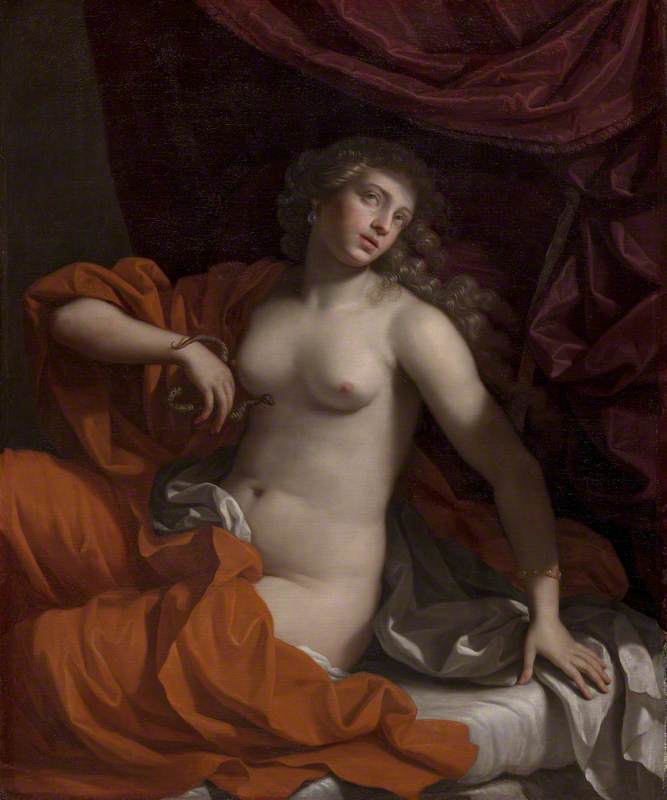 Benedetto Gennari the younger (1633–1715)
Benedetto Gennari the younger (1633–1715) -
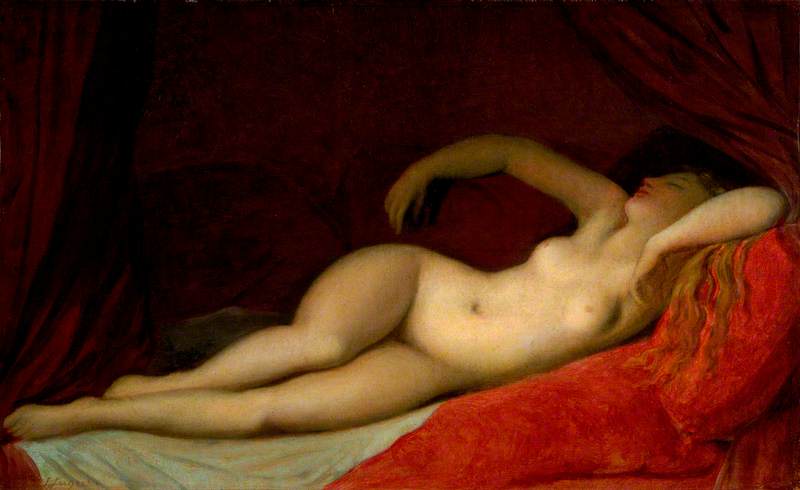 Jean-Auguste-Dominique Ingres (1780–1867)
Jean-Auguste-Dominique Ingres (1780–1867) -
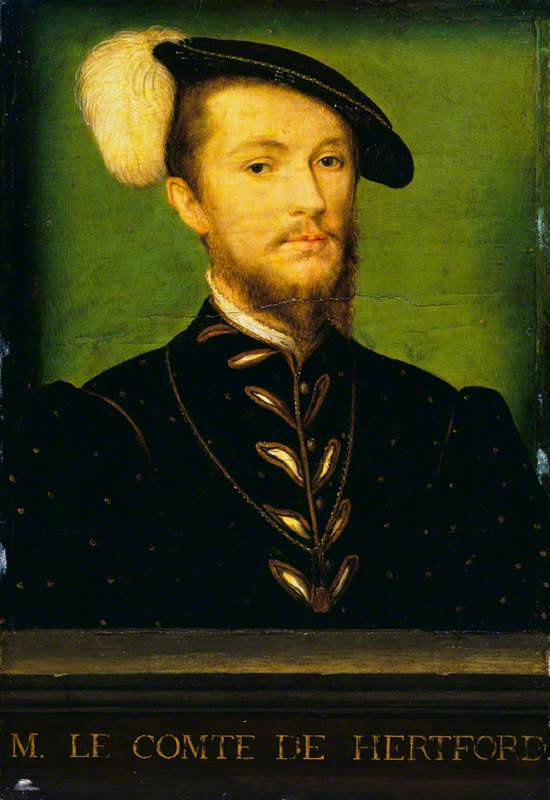 Claude Corneille de Lyon (1510–c.1574)
Claude Corneille de Lyon (1510–c.1574) -
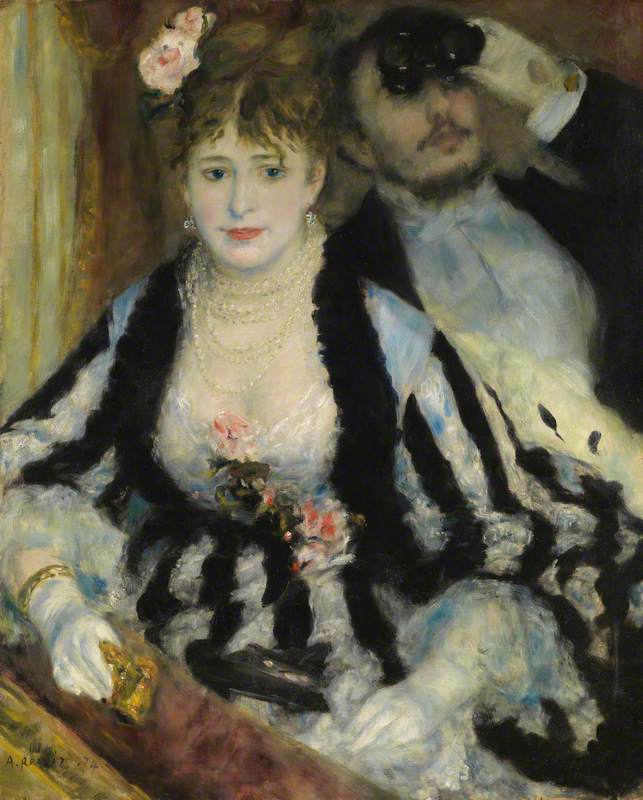 Pierre-Auguste Renoir (1841–1919)
Pierre-Auguste Renoir (1841–1919) -
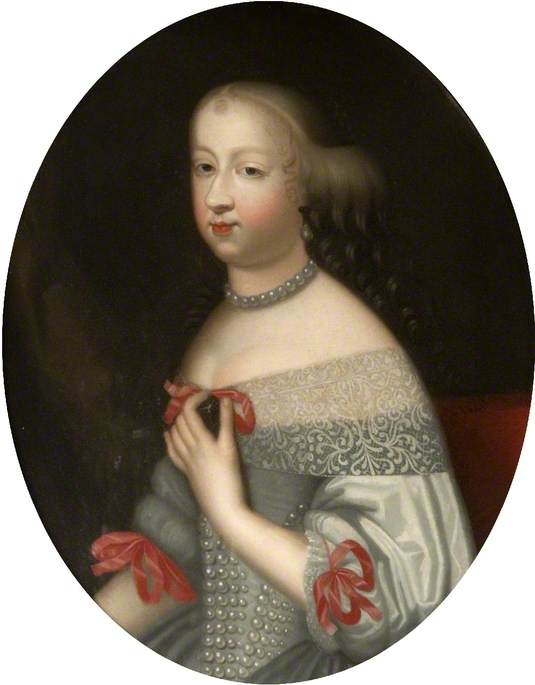 Charles Beaubrun (1604–1692)
Charles Beaubrun (1604–1692) -
 Ferdinand Elle the younger (c.1585–1637)
Ferdinand Elle the younger (c.1585–1637) -
 François Hubert Drouais (1727–1775)
François Hubert Drouais (1727–1775) -
 Henri Beaubrun the younger (1603–1677)
Henri Beaubrun the younger (1603–1677) -
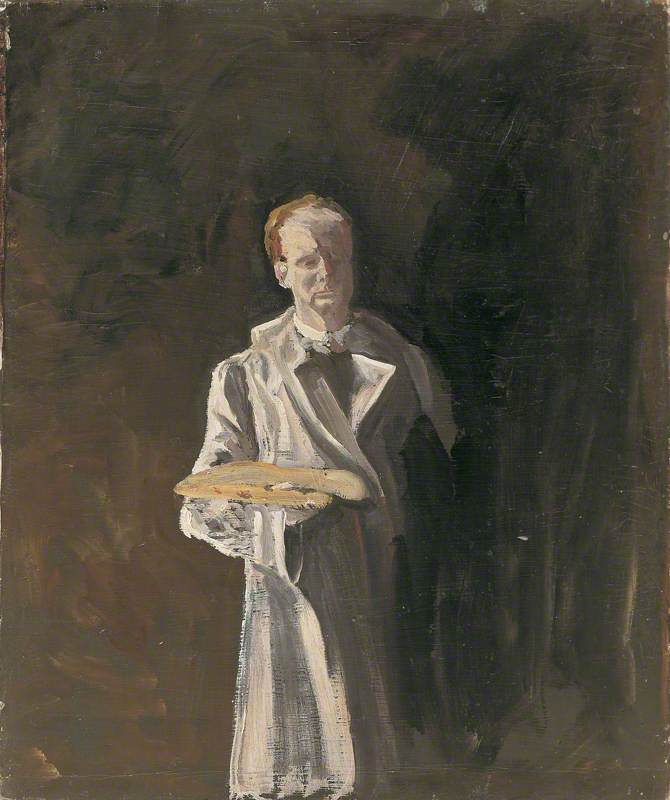 Winston Spencer Churchill (1874–1965)
Winston Spencer Churchill (1874–1965) -
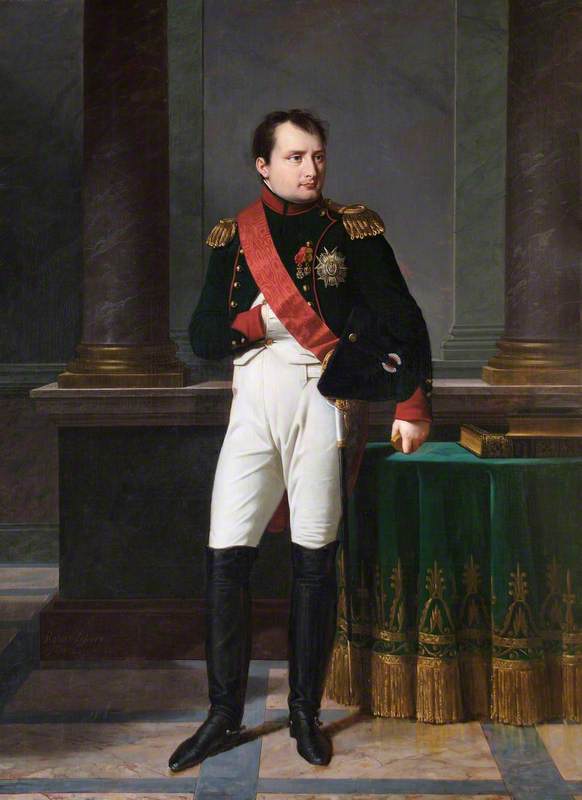 Robert Lefèvre (1755–1830)
Robert Lefèvre (1755–1830) - View all 12
